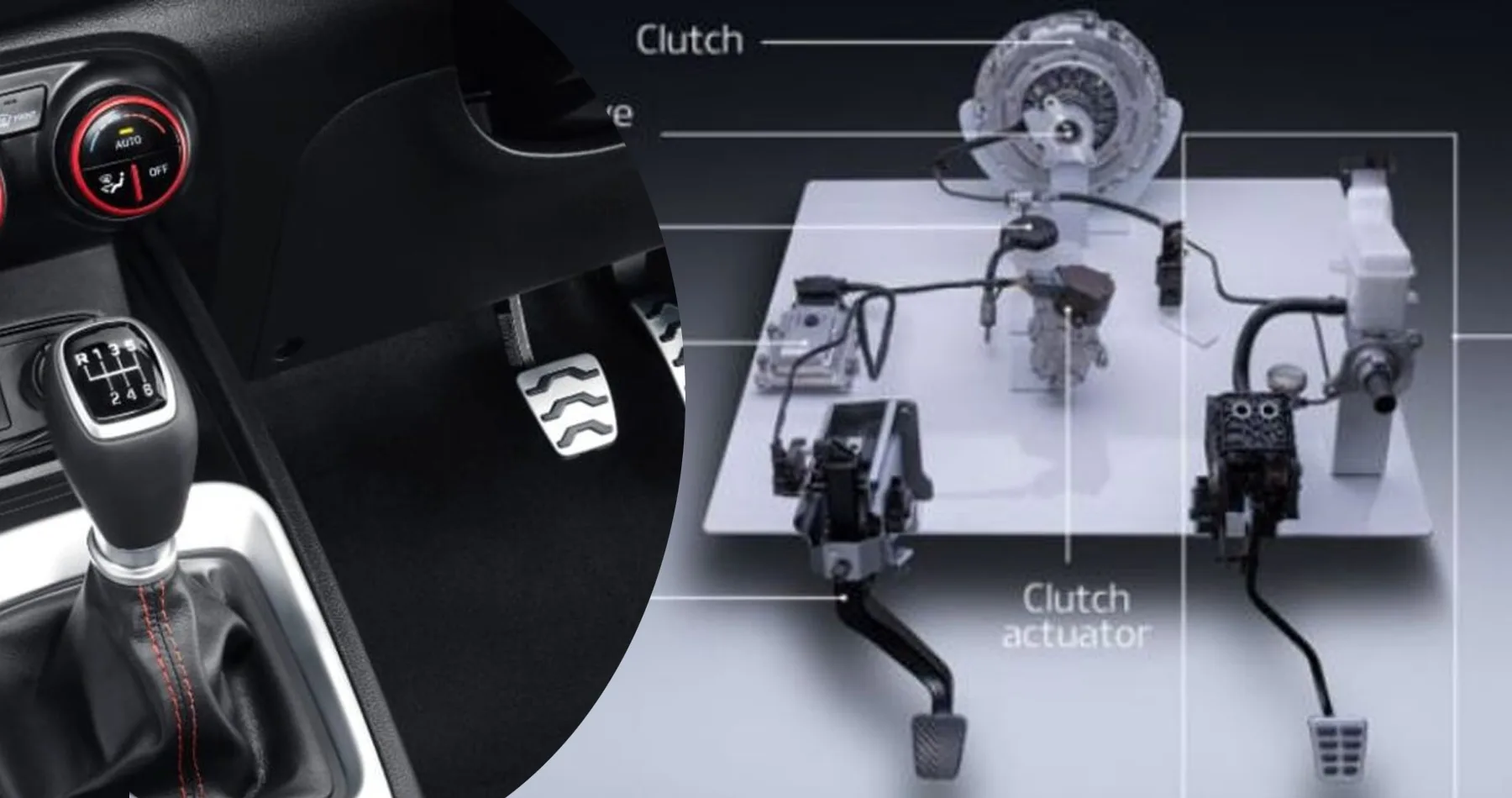The Intelligent Manual Transmission, or IMT, represents a technological evolution in manual transmission systems, blending the convenience of an automatic gearbox with the engagement and control of a manual transmission. IMT systems provide a smoother and more user-friendly experience for drivers who prefer manual transmissions but seek the ease of operation found in automatic transmissions.
Conventional Manual Transmission:
Traditional manual transmissions require the driver to manually engage the clutch, shift gears, and modulate the throttle to drive the vehicle. The driver’s skill and coordination in operating the clutch pedal and gear lever determine the smoothness of gear changes and the overall driving experience.
Automatic Transmission:
On the other hand, Automatic transmissions use a complex system of gears, hydraulic systems, and sensors to automatically change gears based on driving conditions, engine RPM, and throttle input. This system eliminates the need for manual gear shifting and clutch operation, providing a more convenient driving experience.
What is IMT Transmission? How it works? – Things you need to know
Working Principle of IMT:
The IMT system bridges the gap between manual and automatic transmissions by introducing technological advancements that assist the driver in gear changes without a traditional clutch pedal.
Transmission Control Unit (TCU):
The heart of the IMT system is the Transmission Control Unit, a sophisticated electronic control module that receives data from various sensors. It processes this data to determine the optimal timing and actuation of the clutch during gear shifts.
Clutch Actuator:
Unlike traditional manual transmissions where the driver manually disengages the clutch using the pedal, an IMT system employs a clutch actuator that engages and disengages the clutch automatically based on signals from the TCU.
Sensors:
IMT systems utilize various sensors such as throttle position sensors, engine speed sensors, gear position sensors, and vehicle speed sensors to gather real-time data. The TCU uses these sensors to help it make decisions about clutch engagement and gear shifts.
Gear Shift Assistance:
When the driver initiates a gear change, the TCU analyzes the driving conditions, engine RPM, vehicle speed, and throttle input from the sensors. Based on this information, the TCU determines the optimal timing for gear engagement and clutch operation.
Clutch Operation:
In an IMT system, the clutch actuator, controlled by the TCU, engages and disengages the clutch without requiring manual input from the driver. This automation of the clutch operation streamlines gear changes, making them smoother and more consistent.
Throttle Modulation:
The IMT system also modulates the throttle input during gear changes to synchronize engine speed with the new gear ratio. It helps in preventing jerks or lurches commonly experienced during manual gear shifts.
Driver Override and Control:
Despite the automation, IMT systems frequently let the driver use a gear lever or paddle shifters to override the automated gear changes. This feature enables enthusiasts to retain a certain level of manual control, enhancing the driving experience.
Learning Curve:
Despite the automation, drivers accustomed to traditional manual transmissions may require some time to adapt to the nuances of IMT systems. Adjusting to the absence of a clutch pedal and the automated gear changes might initially feel unfamiliar.
Complexity and Reliability:
The integration of electronic components and actuators adds complexity to the transmission system. Ensuring the reliability and durability of these components is crucial for long-term performance and customer satisfaction.
Driver Engagement:
Some enthusiasts argue that the automation of clutch operation in IMT systems detracts from the pure manual driving experience, reducing the direct engagement between the driver and the
Automotive Industry Adoption:
IMT systems have started to find their place in various car models across different segments, offering a compelling alternative for drivers seeking the advantages of manual and automatic transmissions.
Further Technological Innovations:
Ongoing research and development aim to refine IMT systems further. Advancements in sensor technology, clutch actuation mechanisms, and software algorithms continue to improve the efficiency and performance of IMT systems.
Hybrid and Electric Vehicles:
IMT technology is also being explored in hybrid and electric vehicles to enhance the driving experience. By combining IMT systems with electric drivetrains, enthusiasts may be able to preserve efficiency while enjoying a more thrilling driving experience.
The Intelligent Manual Transmission (IMT) represents a significant advancement in transmission technology, merging the convenience of automatic transmissions with the engagement and control of manual gearboxes. By automating clutch operation and optimizing gear changes, IMT systems offer smoother shifts, improved comfort, and enhanced fuel efficiency.
While facing challenges related to driver adaptation and system complexity, IMT technology continues to evolve, finding its place in various automotive applications. As research and development progress, further innovations in sensor technology and clutch actuation mechanisms promise to refine IMT systems, providing a compelling choice for drivers seeking a balance between manual control and automated convenience in their driving experience.
